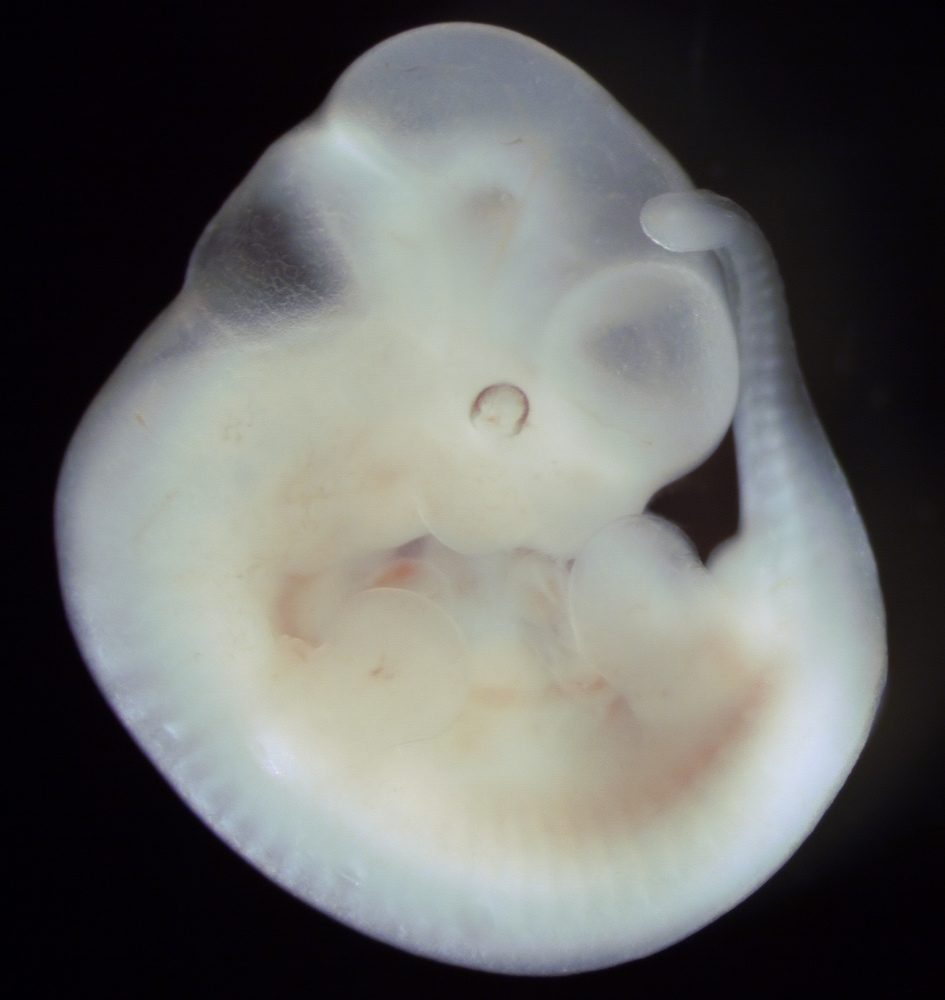Administering Stem Cell Therapy to Fetuses of Mice with SMA Improves Their Survival, Study Finds

Administering stem cell therapy to the fetuses of mice with spinal muscular atrophy (SMA) type 3 improved the animals’ movement and survival after birth, a study reports.
The research, “Prenatal transplantation of human amniotic fluid stem cells for spinal muscular atrophy,” appeared in the journal Current Opinion in Obstetrics and Gynecology.
Prenatal diagnosis of SMA can be done through processes such as amniocentesis. This somewhat invasive but commonly used technique can detect chromosome abnormalities and fetal infections. And it requires only a small amount of amniotic fluid.
More attention is being paid to prenatal stem cell therapy as a way of treating single-gene disorders such as SMA. This approach enables doctors to use a smaller number of stem cells. And it may be able to prevent irreversible damage from diseases in the womb.
There are different types of stem cells in our bodies, some with higher therapeutic potential than others.
Human amniotic fluid stem cells (HAFSCs) have more potential to restore damaged neuromuscular function in SMA patients, improving their outcomes.
A research team decided to address the therapeutic potential of prenatal transplants of HAFSCs in SMA type 3 patients.
This is considered a milder form of the disease, and is usually diagnosed between age 18 months and the early teens. Patients are able to learn to walk, but fall frequently. Muscle weakness progresses much slower than in other SMA types.
Previous work in mice suggested that neural stem cells, which specialize in nerve cells, could be an effective therapy for SMA. Further work in rodents also indicated that other types of stem cells, including embryonic stem cells, could restore loss of motor neurons — a prominent feature of SMA that leads to impaired neuromuscular function.
HAFSCs from amniotic fluid are pluripotent, which means that they are able to develop into any cell or tissue in the body. They can also be reprogrammed into induced pluripotent stem cells (iPSCs). This type of stem cell, generated from adult cells, has been used in treatments before.
Studies show that HAFSCs can treat mouse models with different conditions, including nerve injury, colitis, acute lung injury, cerebral ischemia, and muscle injury. The research suggested that amniotic stem cells could repair neuromuscular injury in SMA.
Researchers injected stem cells into mouse models of SMA during a period corresponding to a human second trimester of pregnancy.
Although mice with severe SMA type 1 could not be treated with HAFSCs, mice with SMA type 3 survival longer than untreated controls and showed significant improvement in neuromuscular function.
“HAFSCs, similar to other stem cells, could also help the improvement of SMA,” the researchers wrote.
Although stem cell therapy may not be enough to cure SMA, the team believes it could be useful in combination with other approaches.







